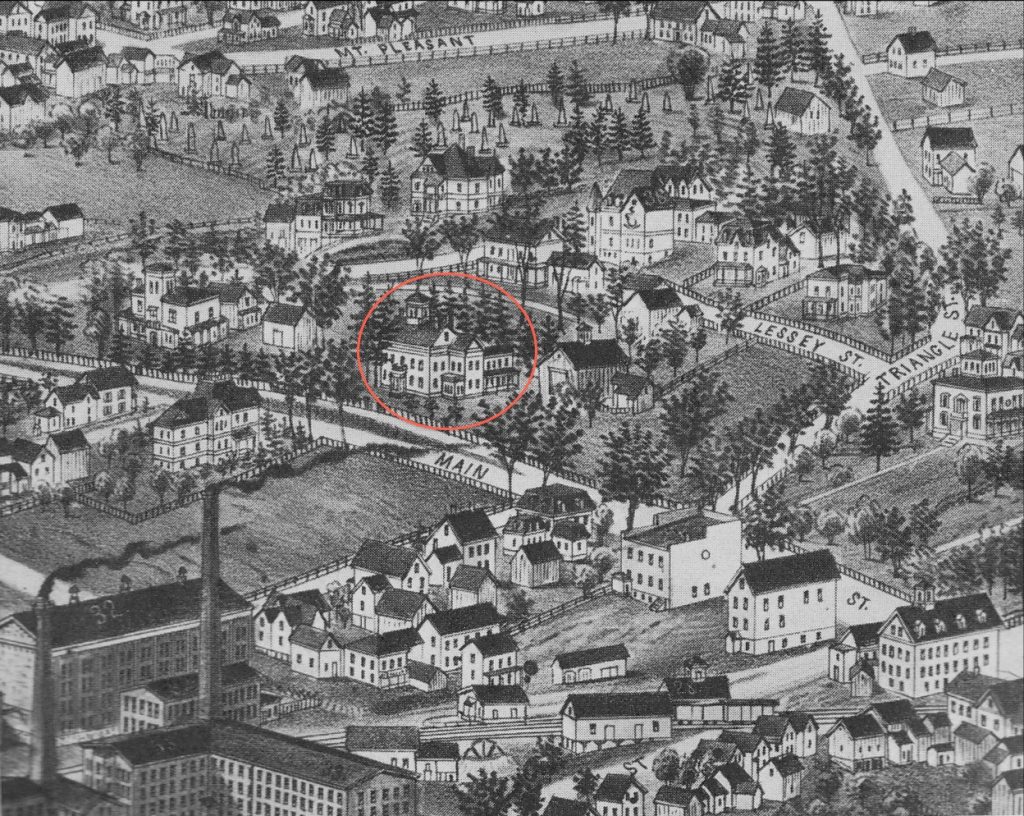4.25 miles
minnehaha falls and back
0 degrees / feels like -20
Brr. I really bundled up for this one, even busted out the big guns: toe and finger warmers. They worked!
layers: 2 pairs of black running tights, a green base layer shirt, pink jacket with hood, purple jacket zipped up to my chin, black fleece cap with ear flaps, pink and orange buff covering my mouth, 2 pairs of socks — gray, white — with toe warmers in between them, 1 pair of black gloves, 1 pair of pink/red/green mittens, hand warmers, sunglasses
My forehead felt a little cold at the beginning, but mostly I felt warm enough. My legs started to get sore near the end, which I think was because of the cold: not enough blood to my calf/thigh because it was going to my vital organs — I read that somewhere a few years ago.
10+ Things
- a regular! the runner, Santa Claus
- the river, frozen — light brown mixed with white, flat
- the feebee call of the black-capped chickadee
- a few squirrels, scampering
- running straight into the sun: my sharp shadow, so sharp I could see the shadow of my breath
- one biker — brrr
- brittle leaves, scratching on the pavement
- a sharp squeak, almost like a little bunny crying out: trees creaking in the wind
- the falls, near the ledge: half frozen, sounding like the spray hose on a kitchen sink
- the falls, by the overlook: gushing, rushing past the ice, flushing out the bottom
- beep beep beep of a truck backing up, sounding flat and smaller than usual
- the light rail across Hiawatha rushing by — I wondered how cold the commuters were
- almost forgot this one: the wind moving fast through dead leaves on some trees sounded like sizzling heat. I heard it just as the wind was blowing in my face and I felt particularly cold. I imagined it was so cold that it was hot
before my run
I’m in the slow process of reviewing my entries from 2023, a month at a time. Right now, April. On April 18th, I wrote about some ideas from writers/poets that were inspiring my thoughts about an eighth colorblind plate poem on the glitter effect. Paige Lewis and A.R. Ammons and flares and flames and rust. And now I’m thinking about writing one more colorblind plate poem that describes how my own color system works using texture and movement and contrast. It replaces ROYGBIV. Maybe I’ll try and think about it more as I run — when I’m not thinking about how cold I am!
a process note: Rereading all of my entries for the year and summarizing them takes a long time, but it’s worth it. Not only does it offer useful summaries, but going back and reencountering words/ideas/experiences offers new inspiration or old, half-finished projects (like the colorblind plates). And the laborious process of doing this structured task sometimes opens me up to wandering and remembering and imagining that can lead to new words and new ways in.
task: on my run, try to think about motion and texture
during my run
As predicted, I focused mostly on noticing the cold and the wind — such a cold wind in my face! I do remember thinking that the river was flat and stuck, with no sparkle or motion. I thought about contrast with the shadows. Leaves shaking in the wind. Oh — and I thought about how the small things I notice — the little flashes of movement, sound, texture — accumulate into something bigger. This is part of the conversation I started yesterday about flares versus slow burns and whether or not to dazzle. None of the things I notice Dazzle! in a quick burst, but together they add up to something special. After thinking of this idea, I remember Hannah Emerson’s poem, “Peripheral” and the lines:
Direct looking just is too
much killing of the moment.
Looking oblique littles
the moment into many
helpful moments.
Moment moment moment
moment keep in the moment.
after the run
And now, remembering all of these ideas, I’m suddenly thinking of Emily Dickinson’s poem, “Tell all the truth but tell it slant –”
The truth must dazzle gradually
Or every man be blind —
Yes, dazzle means to be temporarily blinded by light, or overpowered with light. What does this have to do with what I’m working on right now? Not sure.
And now, back to windows. Here’s a small poem I found the other day that I like. It’s part of a larger series of poems titled, Still Life:
Window/ Phillip Murray
Through the dark
Glassly
It is light
Falling
